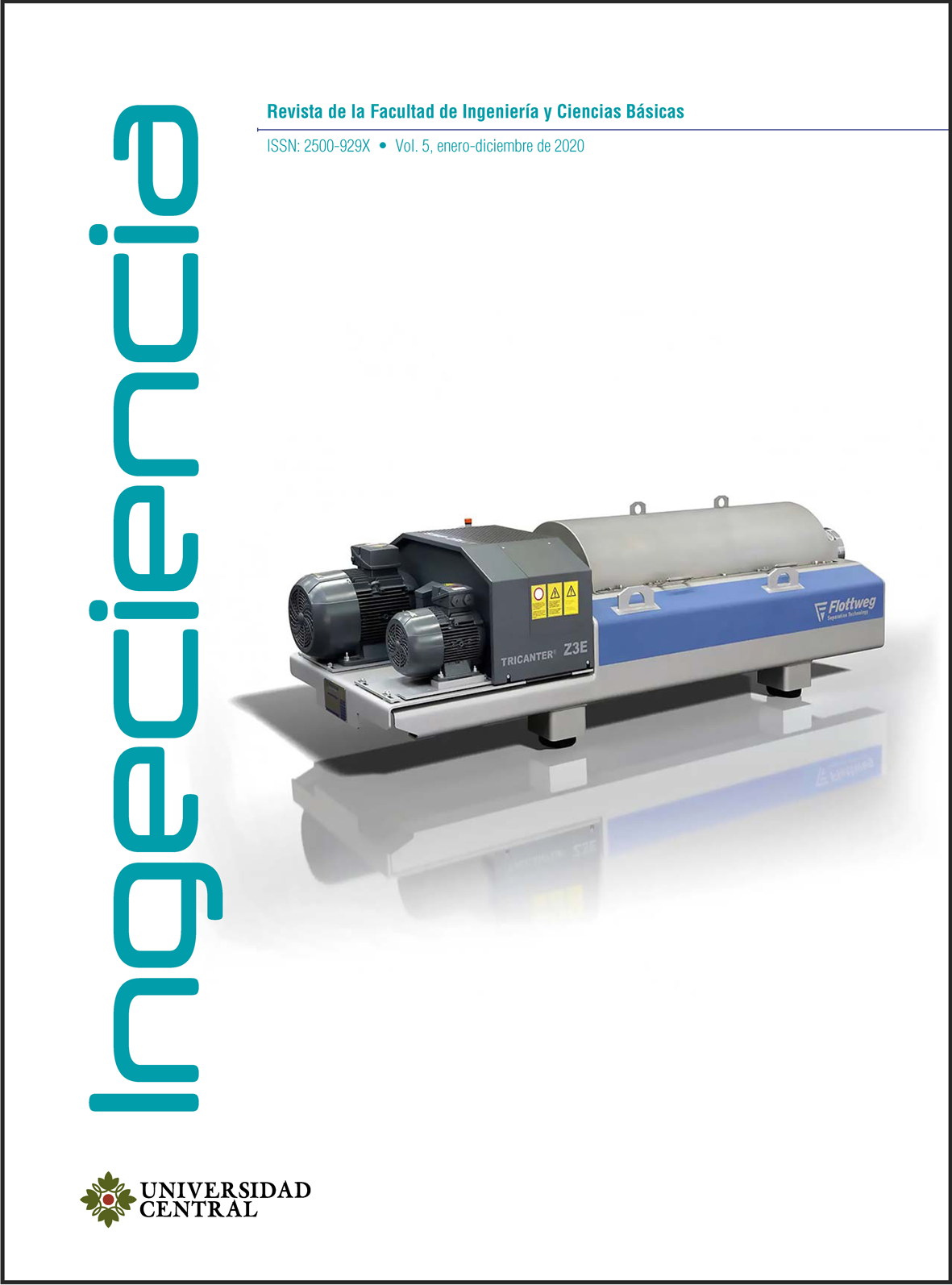Application of GIS and AHP in the delimitation of aquifer recharge zones in semi-arid areas in the department of Cesar
Main Article Content
The water supply in the center of the department of Cesar is more critical year by year because 60.69 % comes from groundwater. However, the hydrogeological information of the region is outdated, dating back to 1995 and 2006, which is why it is relevant to make new studies with remote sensors to identify direct recharge zones in the center of the department. With this objective, different thematic layers were combined: geology, NDMI isoyetas, MNDWI, DEM and NDVI, together with techniques of hierarchical process analysis (AHP), to evaluate the direct recharge potential of aquifers in the area. According to the resulting map, 49.1 % of the area corresponds to zones of null, very low and low direct recharge potential. It is also identified that there is an area classified as acceptable, which represents 44.85 % of the total area and, which in excess season sets up direct recharge scenarios. Finally, only 3.55 % is an area of high direct recharge potential.



